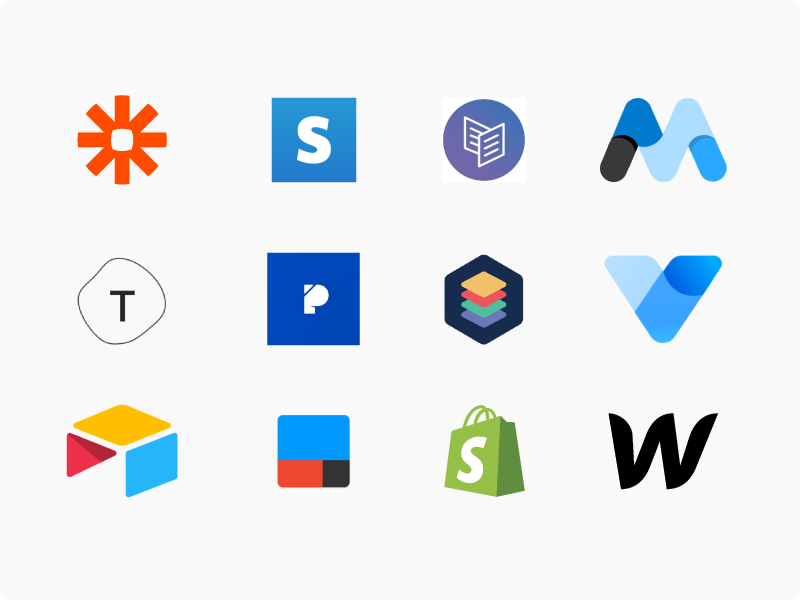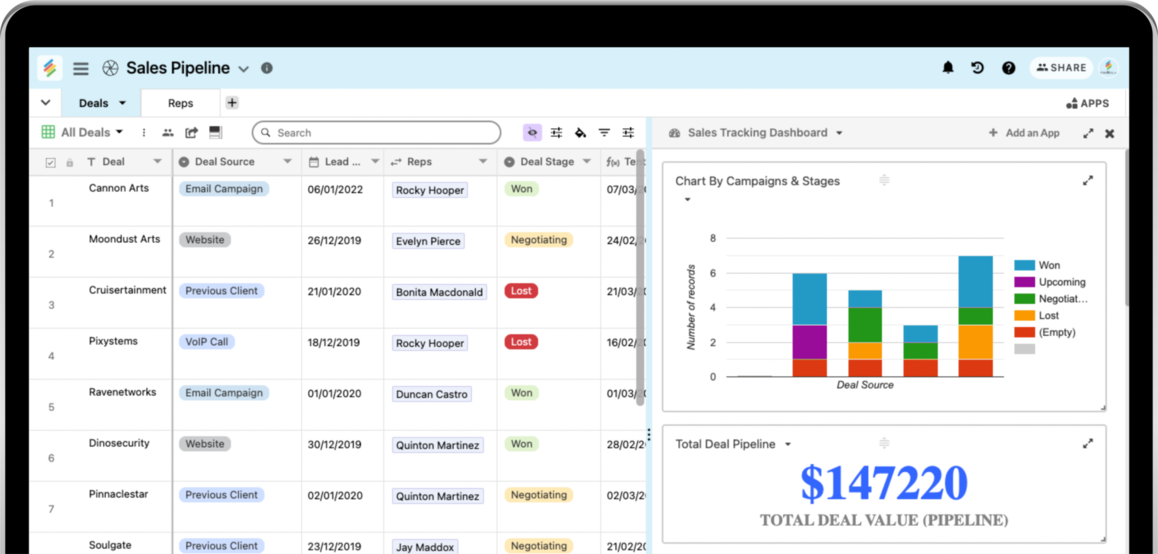No-Code Open Platform Database Production: Simplify Complicated Growth Tasks
Wiki Article
Discover How Scalable Data Sources Can Be Used Without Coding to Boost Your Service Workflow
In today's busy business atmosphere, the capacity to manage and evaluate information successfully is paramount. no-code. Scalable data sources, particularly when combined with no-code solutions, provide a transformative approach that empowers non-technical users to improve procedures.Recognizing Scalable Data Sources
Scalable data sources are vital for contemporary organization operations, enabling companies to efficiently manage boosting quantities of information without compromising performance. These data sources are designed to grow and adapt to the altering demands of a business, guaranteeing that they can deal with larger datasets and more complicated inquiries as business requirements develop.Comprehending scalable databases includes acknowledging their 2 primary types: upright scaling and horizontal scaling. Upright scaling, or "scaling up," entails including even more power (CPU, RAM) to an existing web server to improve efficiency. Alternatively, straight scaling, or "scaling out," involves including extra web servers to distribute the load, which commonly results in better adaptability and mistake tolerance.
Another crucial element is the architecture of scalable data sources, which can be either non-relational or relational. Relational data sources, such as MySQL and PostgreSQL, are structured and use SQL for inquiries, while non-relational data sources, like MongoDB and Cassandra, use even more versatility with unstructured data.
Inevitably, recognizing scalable databases is vital for companies intending to leverage information as a critical property, enabling them to remain affordable in a significantly data-driven atmosphere.

Advantages of No-Code Solutions
Opening the potential of no-code remedies equips companies to enhance operations and boost efficiency without the demand for extensive programming expertise. These systems allow non-technical customers to produce, modify, and manage data sources effortlessly, hence democratizing accessibility to innovation across groups.Among the key benefits of no-code options is their rate of application. Services can quickly deploy applications and automate procedures, dramatically lowering the time invested on growth cycles. This agility allows companies to respond immediately to market adjustments and consumer requirements, fostering an one-upmanship.
Additionally, no-code systems minimize dependence on IT departments for day-to-day jobs, enabling technical groups to concentrate on more complicated tasks that require specialized abilities. This change not just maximizes source appropriation yet also advertises innovation within the company.
Cost-effectiveness is an additional advantage, as no-code remedies can decrease advancement and maintenance expenditures. By reducing the demand for coding expertise, companies can harness the capabilities of their existing labor force without the expenses of hiring extra personnel.
Popular No-Code Database Tools
The increase of no-code solutions has actually brought about the appearance of various data source devices that satisfy organizations seeking performance and accessibility. These devices encourage individuals with limited technical competence to produce, manage, and control databases perfectly.
Caspio attracts attention for its ability to develop web applications without any type of coding. It permits organizations to produce durable data sources and deploy applications promptly, accommodating various industry demands. Propensity offers powerful information and straightforward user interfaces monitoring abilities, making it possible for organizations to construct custom applications customized to their workflows.

Use Cases in Company Workflow
Just how can services take advantage of data source tools to improve their procedures? Scalable data sources offer organizations with effective capacities to take care of and evaluate information without the need for considerable coding understanding. These tools can simplify various organization processes, eventually bring about boosted effectiveness and performance.One prominent use instance is client partnership monitoring (CRM) Companies can make use of scalable databases to track client interactions, choices, and comments, making it possible for individualized communication and much better solution. By centralizing this More Help details, teams can work together more efficiently and reply to client demands in real-time.
Another substantial application is stock administration. Business can utilize no-code database devices to keep an eye on stock degrees, track deliveries, and forecast demand. This makes sure optimum inventory degrees, reduces waste, and reduces stockouts.
In addition, project monitoring can profit from scalable data sources by allowing teams to handle tasks, due dates, and resources in an unified platform. With real-time updates and data visualization, job managers can make enlightened choices.
Obtaining Started With Application
Carrying out scalable databases in service operations calls for an organized approach to ensure successful assimilation and utilization. The primary step is to conduct a thorough needs analysis, determining certain business needs, data types, and expected growth patterns. This foundational understanding will certainly assist the option of the suitable data source option.Following, pick an easy to use, no-code database platform that aligns with your operational goals. no-code. Many modern options provide instinctive user interfaces, allowing non-technical individuals to manage information successfully. After selecting a platform, establish a clear information design that lays out exactly how data will certainly be arranged, accessed, and kept
Training is essential; ensure that employee are equipped with the essential abilities to utilize the data source. Consider supplying tutorials or workshops to familiarize personnel with the system's performances.
Verdict
To conclude, the assimilation of scalable databases with no-code services offers substantial advantages for business operations. These platforms encourage non-technical individuals to effectively handle and evaluate information, promoting enhanced decision-making and partnership. By taking on tools such as Airtable and Concept, organizations can minimize and simplify procedures reliance on IT sources. Ultimately, leveraging these modern technologies can bring about enhanced productivity and functional performance, placing services for continual development in an affordable landscape.One popular no-code database device is Airtable, which combines the functionality of a spread sheet with the power of a data source.Just how can businesses take advantage of database tools to boost read their operations? Organizations can use scalable databases to track client interactions, choices, and feedback, allowing customized interaction and much better service.Applying scalable data sources in organization procedures calls for a structured technique to make certain successful combination and you can find out more use.In final thought, the integration of scalable databases through no-code remedies provides substantial advantages for organization operations.
Report this wiki page